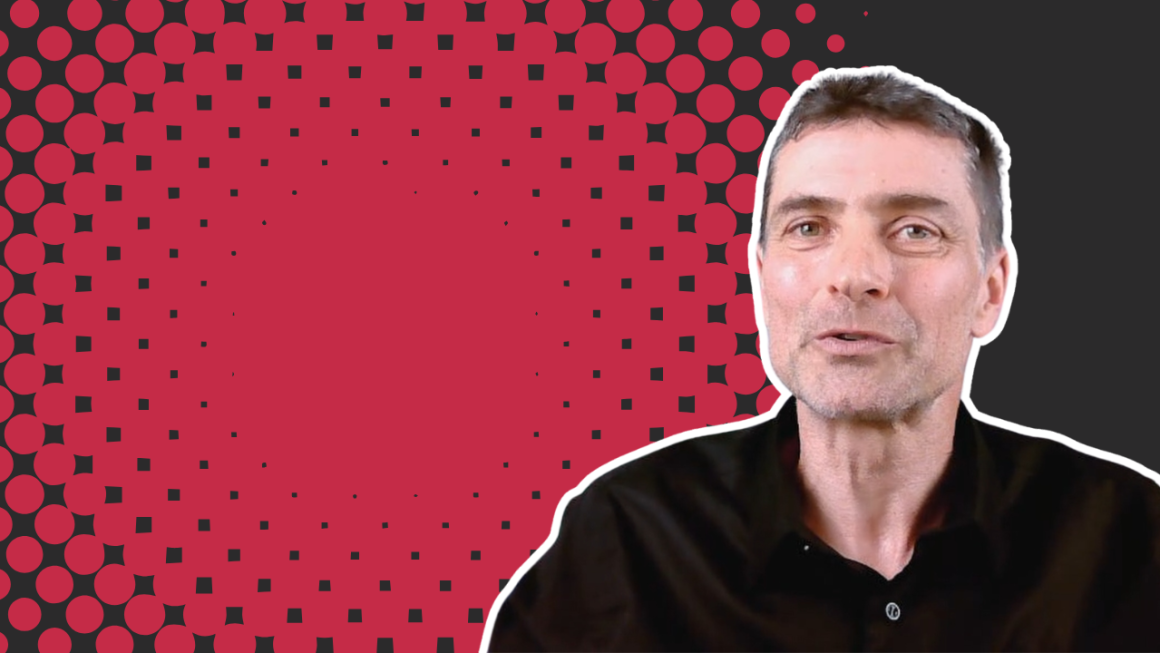TelcoForge sat down with René Nuessgen, Senior Director R&D at National Instruments/Emerson, to talk about his views on future 6G networks. In this interview, the expert addressed topics like business aspects, the impact of AI, RAN, among others.
Watch the interview below or read the transcription:
Transcription
TelcoForge: Hello there and welcome! My name is Caio Castro, I’m Editor-in-Chief at TelcoForge, and it’s my pleasure to be here with you. Thank you so much for joining 6G Forge. And while we are in this break, I have the great pleasure of talking to René Nuessgen. René is Senior Director R&D at National Instruments, and today we’ll talk about a lot of 6G and test and measurement, as well as how those worlds interact. So, René, we have been talking about 6G for a while now. We are seeing development, we’re seeing investment in 6G. So my question is, why do you think 6G is important, and why is it important to talk about 6G now?
René Nuessgen: Yes, so to me, the bummer headline of 6G is profitability. If I look at 5G, 5G did not return the investments that were needed. So 6G really has to be designed with return on investment built from the beginning. And to me, it’s kind of two critical things we need to take care of.
One is performance efficiency, and the other is sustainability. Sustainability is a bit deeper, so this kind of 6G is much more around softwarisation. For instance, decoupling hardware and software, much more about optimising the networks to eventually balance performance, energy efficiency, but also this environmental responsibility. And so that leads me to one paradigm for 6G. It’s understanding how the network is performing and how to apply that automation-based optimisation based on the KPIs and the insights we receive from the network. So that is one. The other one is really AI. AI is an accelerator through which we can reach those efficiency and sustainability goals more broadly in our wireless networks. And again, AI as a best software technology to optimise that software-based RAN in the future.
René, NI is a test and measurement company. So I wonder, what does 6G mean for this test and measurement industry?
That is a great question. We believe that this softwarisation aspect I was talking about really leads to a fundamental change in testing for 6G. So, more holistically, we even think about this like a paradigm shift. This is a different way of thinking how we test future 6G networks. So it’s really about this constant evaluation of the performance of the networks, making sure that we take the input from the network, pass it through intelligence, make decisions based on the intent, and then really drive the performance improvements to the network.
And to me, really, this is what 6G is all about. The way we test is a different way of thinking. So I mean, looking at how we test today, it follows a bit of a waterfall software development mentality.
We define the conformance test for the standard we want to go through. We test all the hardware deployed to the field, do monitoring with some handheld devices, and have the KPIs we want to monitor, but we are not doing that cyclically. And so it’s very much about getting the deployment out the door, making sure the state’s performance, but you’re not doing that iterative update approach. So, really taking a step back and just looking at what’s happening already today, and so looking at what CI/CD has done as a part of a test practice inside this Open RAN Alliance.
And if we stop mapping this to 6G, then we talk about that seamless integration
of this AI/ML-based workflow, AI/ML-based optimisation. That leads to the big question: What does it mean from a testing perspective, this dynamic testing throughout that lifecycle of a deployment? That is where there’s the fundamental shift, how we will approach tests for 6G.
You mentioned several challenges and several areas where we should look into when talking about 6G. What is NI doing to overcome those challenges?
I think there are two pieces where NI is very strong and can help. One is that we need to prototype a lot of new technologies for 6G. Here, our SCR/USRP platform is best suited for this, especially as this is a software-defined radio. And we talk about softwareisation and the software-defined radio, really to enable that AI workflow.
The second piece is how the USRP nicely interfaces with the rest of the world and the outside world. One important piece is, for instance, GPUs. So, GPUs are really used today to enable prototyping, for instance, of AI at the edge. So we have a USRP B25, plus NVIDIA Jetson demo where we show an AI at the edge, and the machine learning implementation of a spectrum monitoring application.
The other piece we focus on is open-sourced software. The open-source software community is critical to this, and we are really engaging with Eurecom. We use the open interface stack to basically build out parts of the Open RAN infrastructure
that can enable the xApps and rApps that would leverage machine learning to eventually optimise the network.
And the third piece I would like to point out is that we are a test and measurement company. And so, of course, looking at our own portfolio and our capability to perform those distributed, synchronised measurements. And if we look at the huge variety of physical sensors we, as NI, bring to the table, we can really help
to prototype and test 6G networks in a much better way in the future. So, for example, we have that CompactRIO platform. This is a data acquisition capability with an FPGA that really supports, for instance, power monitoring, prototyping and testing.
As we speak, key researchers use that platform to prototype and test, for instance, a 6G cell switch off and on, or other researchers take that approach, look into new physical layer schemas, to optimise, for instance, the power efficiency of a physical layer. So to me, the combination of our RF USRP platform and our own various kinds of sensors and huge I/O capabilities, plus the openness of our platform, really provides that capability of a very complex and powerful distributed synchronisation of data, which eventually enables our customers to dynamically test and monitor the network.
So that is maybe one big piece. The other one I find really interesting on a personal level. Let’s think about the SDR. To me, SDR is really important to 6G than it has been to any previous G because of the many new technologies. And also, when we look at the softwarisation aspect that’s ahead of us.
René, before we wrap it up, I was curious to learn more about the workflow.
Yes, that is a good point. I was talking about the workflow, about this iterative approach to monitor and optimise the network. But I think we really have to take this one step further.
When we talk about that iterative approach, I think digital twins will become very important also in a wireless space in the future. So, having this concept of a real-life version of the network, and on the other hand, having a simulated or digital version of the network, there’s this feedback mechanism between these two pieces.
And this is where NI has frankly been for a very long time. So we at NI have a lot of history in aerospace and defence, as well as transportation in the hardware in the loop test approach, which is sort of what the predecessor is to this digital twin approach.
You might have heard this NI/Siemens case study we talked through a couple of months back, around this electrical train, where NI played a key role with this HIL technology in creating a modular digital twin, enabling that comprehensive testing through simulation or HIL methods before going into the field.
We can really start now to take our broader NI tools and capabilities and apply them into the wireless space, where we are now able to add these wireless monitoring and wireless RAN observation capabilities in the future.
If I had to summarise a bit, 6G, again, is very much a business-driven standard, and it has to be designed with return on investment built from the beginning. It’s about performance efficiency, it’s about sustainability. 6G is a big deal around softwarisation, and this significant shift, a paradigm shift in testing, iterative approach, monitoring, optimising the networks, seamless integration of AI/ML-based workflows.
And then, from NI’s perspective, key elements to making this 6G a success are our software-centric approach to test, the huge variety of I/O, our openness of the platform, and, of course, a tight integration into this NI software ecosystem.




